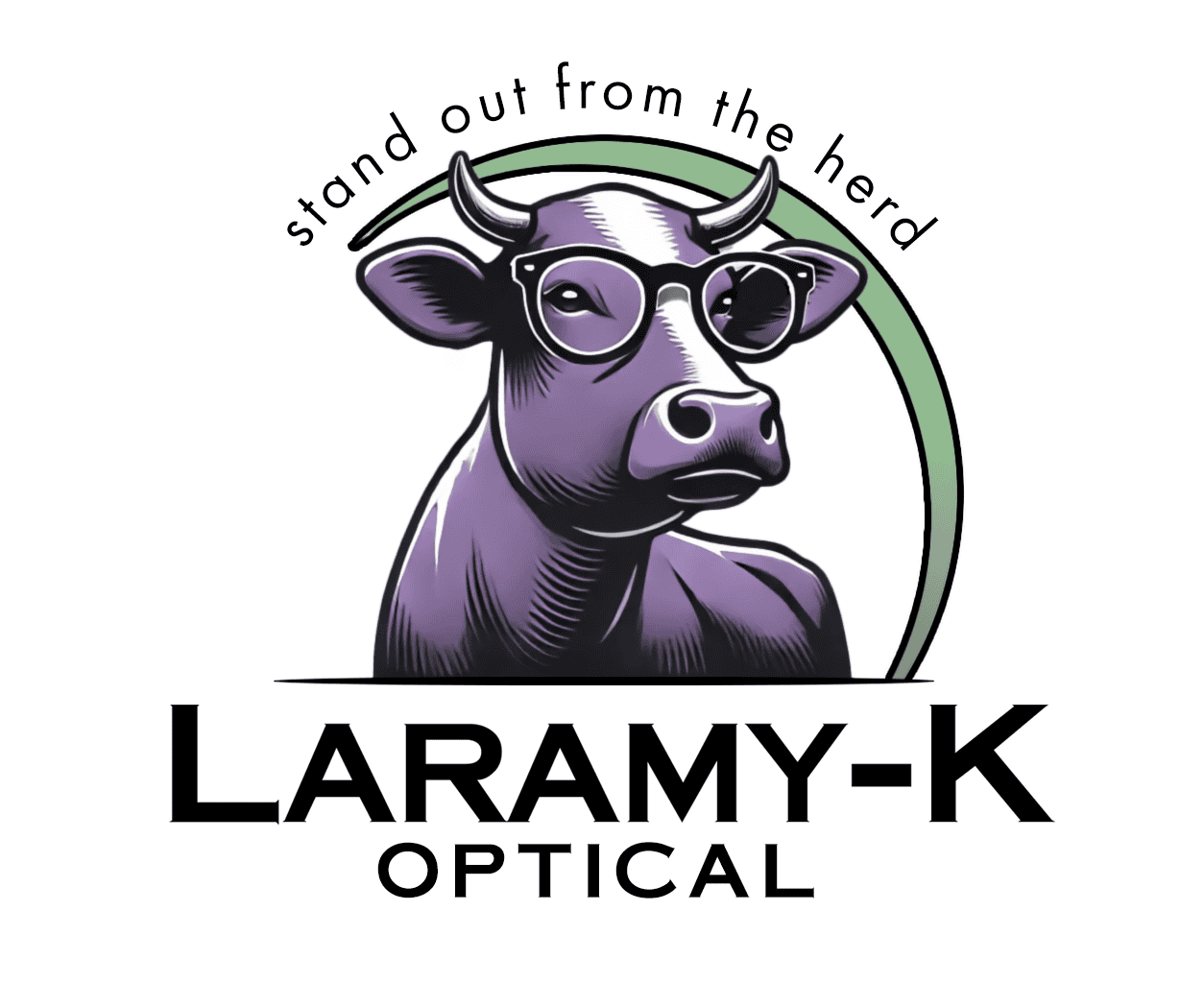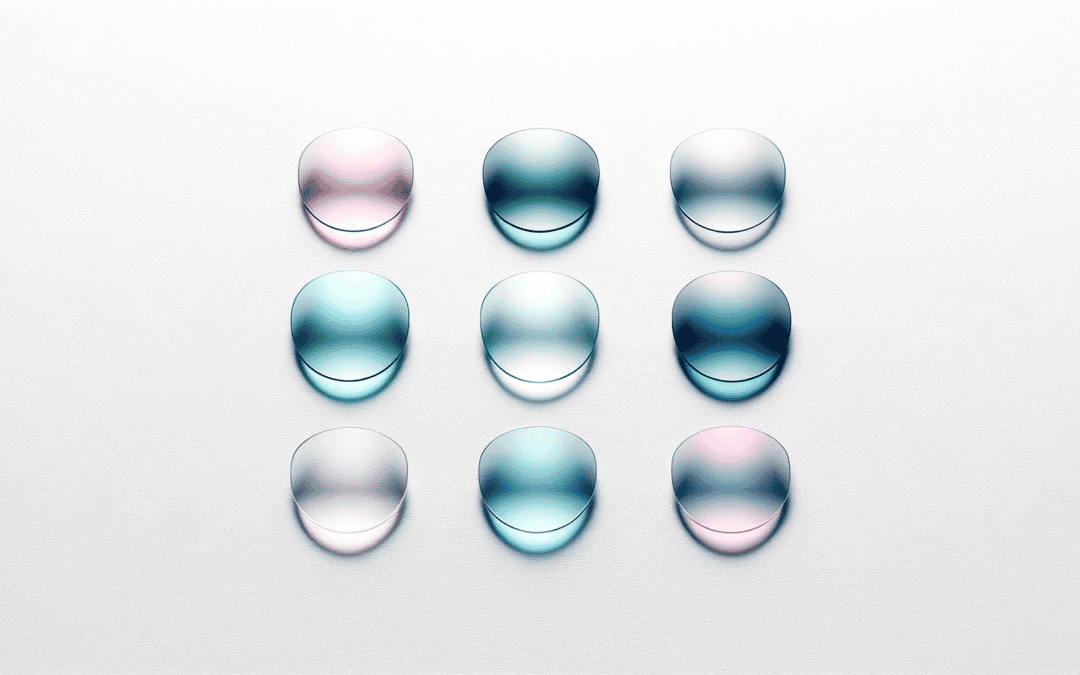Lens Coatings & Treatments: Enhancing Vision and Function
All optical materials, no matter how advanced or well-suited for a patient's needs, suffer from innate shortcomings specific to the lenses chemical makeup. Where crown glass is unquestionably superior in optical quality, it is heavier and could shatter upon impact, thus it must be treated to resist such damage. Polycarbonate has long held the title on most impact resistant and is lighter in weight. Unfortunately, polycarbonate is not as resistant to scratching and therefore must be treated to improve its resilience to abrasion. CR-39 as well as high-index plastics share their burden of material shortcomings also which can easily be addressed through the application of secondary coating processes.
Although not able to address all material limitations, lens coatings add utility and aid the dispenser in minimizing potential patient dissatisfaction. From reduction of glare, protection of the lens material, and the patient's eye, to minimizing eyestrain and fatigue during computer use and nighttime driving, coatings are continually being advanced to fill ever broader roles in improved visual outcomes for spectacle wearers.
Lab procedures, equipment, and materials are key to the quality if coating and other lens treatments. It is a good idea to ask your lab for the brand name on lenses and materials as well as the standards for each.
Anti-Reflective Treatment
Surface glare is a common issue for eyeglass wearers, causing discomfort and distraction, especially in bright sunlight or while driving at night. Anti-Reflective (AR) treatments are designed to block reflected light, significantly reducing the need to squint in bright conditions. An AR coating applied to the inside of lenses also diminishes internal reflections, which can make lenses appear thicker. Most AR treatments include a layer that repels spots and simplifies cleaning, making them a practical choice for everyday use.
Photochromic Lenses
Photochromic lenses offer the convenience of dual functionality in a single pair. These lenses automatically darken in bright sunlight, providing comfort and protection from intense light. With UV-blocking properties (or treatments on glass), they also protect the eyes from harmful ultraviolet rays. This adaptability makes them ideal for light-sensitive individuals, children, and outdoor enthusiasts, and they can be applied to various lens materials including nylon and polycarbonate.
Polarized Lenses
For those who spend considerable time driving or outdoors, polarized lenses can be invaluable. They effectively eliminate glare from reflective surfaces such as roads and water bodies. Growing in popularity, especially among sports enthusiasts, polarized lenses not only reduce glare but also offer UV protection, presenting great value for outdoor activities.
Scratch-Resistant Coating
Eyeglasses are prone to wear and tear, often getting dropped, cleaned improperly, or stored carelessly. Scratch-resistant hard coatings can shield the lenses from everyday damages, prolonging their life. Applying this treatment to both sides of the lens is crucial for durability, making it particularly essential for children's glasses.
UV Protection
The sun's harmful ultraviolet rays can pose risks like cataracts and retinal damage. While plastic lenses naturally block most UV light, adding a UV-light blocking treatment, particularly important on glass, ensures complete protection from these rays, safeguarding the eyes effectively.
Mirror Coatings
Mirror coatings on sunglasses create a reflective sheen, offering both aesthetic appeal and functionality. These lenses conceal the eyes from external view while providing the wearer with only a slight tint. Functionally, they are excellent for reducing glare in outdoor environments, particularly from surfaces like sand, water, and snow.
Tints
Tints can be used strictly for fashion or to enhance the effectiveness of eyewear in different lighting conditions. Different colors range have specific applications, improving clarity and contrast in various settings. Tints can be tailored to the wearer's needs, whether for sports, driving, or computer use, making them a versatile option for personalized vision enhancement.
Each of these treatments adds a unique value to eyeglasses, transforming them from mere vision correction tools to versatile accessories that enhance visual experience, provide comfort, and offer protection.

